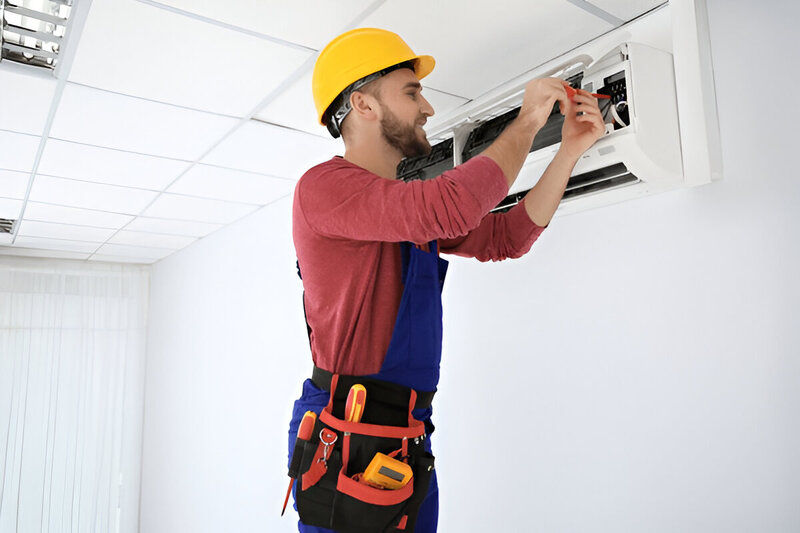Rejuvenating Your Plumbing: The Basics of Pipe Relining and its Profound Impact
- Zac Ferry
- Aug 28
- 3 min read
We all have experienced the anxiety that sneaks up over a damaging pipe leak or complex plumbing issue. With urgency and the fear of damaging your beautiful interior design, many questions may arise. What are the options available? Can we bypass digging up the precious lawn or tearing up the flooring? Is there a secure and less intrusive method to address these plumbing issues? If you haven't heard about pipe relining, then buckle up because today, we explore this unique and appealing solution to our plumbing woes which is becoming increasingly popular in the modern homes—a revolutionary solution that Address these questions and many more.
Pipe relining is an innovative and minimally invasive alternative, bringing hope to homeowners and property managers. This blog post sheds light on the basic understanding of pipe relining, its incredible advantages, and how it can redefine the future of home improvement.
What is Pipe Relining?
Before jumping into the benefits of pipe relining, it's essential to understand what it is and how it works. Pipe relining focuses on repairing the damaged pipes by creating a line within the existing pipe. This is done without harming your landscape and tearing up the floor. This practice essentially fashions a "pipe within a pipe", reinforcing the old one and extending its life without damaging the home or landscape.
Why Choose Pipe Relining?
Many reasons make pipe relining a highly attractive option for most homeowners. One of the critical factors is its non-disruptive process. Unlike traditional methods, no digging, no floor damage-invites exceptional simplicity. Furthermore, it saves time and reduces the extra costs that accompany the traditional repair of landscaping, pavement, or other impacted areas.
Who Can Benefit from Pipe Relining?
Over time, every property, be it residential or commercial, can face pipe damages due to various reasons: age, tree roots intrusions, or rust. Pipe relining proves to be a versatile solution for all these issues, accommodating different types of piping, making it beneficial to a broader range of people.

When to Evaluate Pipe Relining?
The best time to consider pipe relining is when you witness regular plumbing issues like blockages, leakages, or cracks. These could be a sign of a weakening pipe system that can potentially lead to severe damage if not addressed in time.
Pros and Cons of Pipe Relining
Like any home improvement method, pipe relining has both its advantages and its limitations. It's a quick, cost-effective, and non-disruptive method, but it may not be suitable for all kinds of pipe damages. Always consult with a professional to determine if pipe relining is the right choice for your property's unique needs.
The Workings of Pipe Relining: A Closer Look
This section will walk you through the phases of pipe relining: the inspection, cleaning, lining insertion, and the curing process. Understanding this procedure will highlight its simplicity and efficiency, making it easier for homeowners to appreciate the artistry behind this home improvement technique.
Conclusion:
Revamping the way we handle plumbing issues, pipe relining emerges as a shining beacon of modern home improvement, designed to address our traditional plumbing problems effectively. It is a testament to smart innovation that respects the beauty of your landscapes and interiors, while respecting your time and budget. As homeowners and custodians of beautiful spaces, isn't this exactly what we desire? Cutting-edge solutions that uphold the integrity of our abodes—for pipe issues, it seems pipe relining might be that brilliant satisfactory answer.



Comments